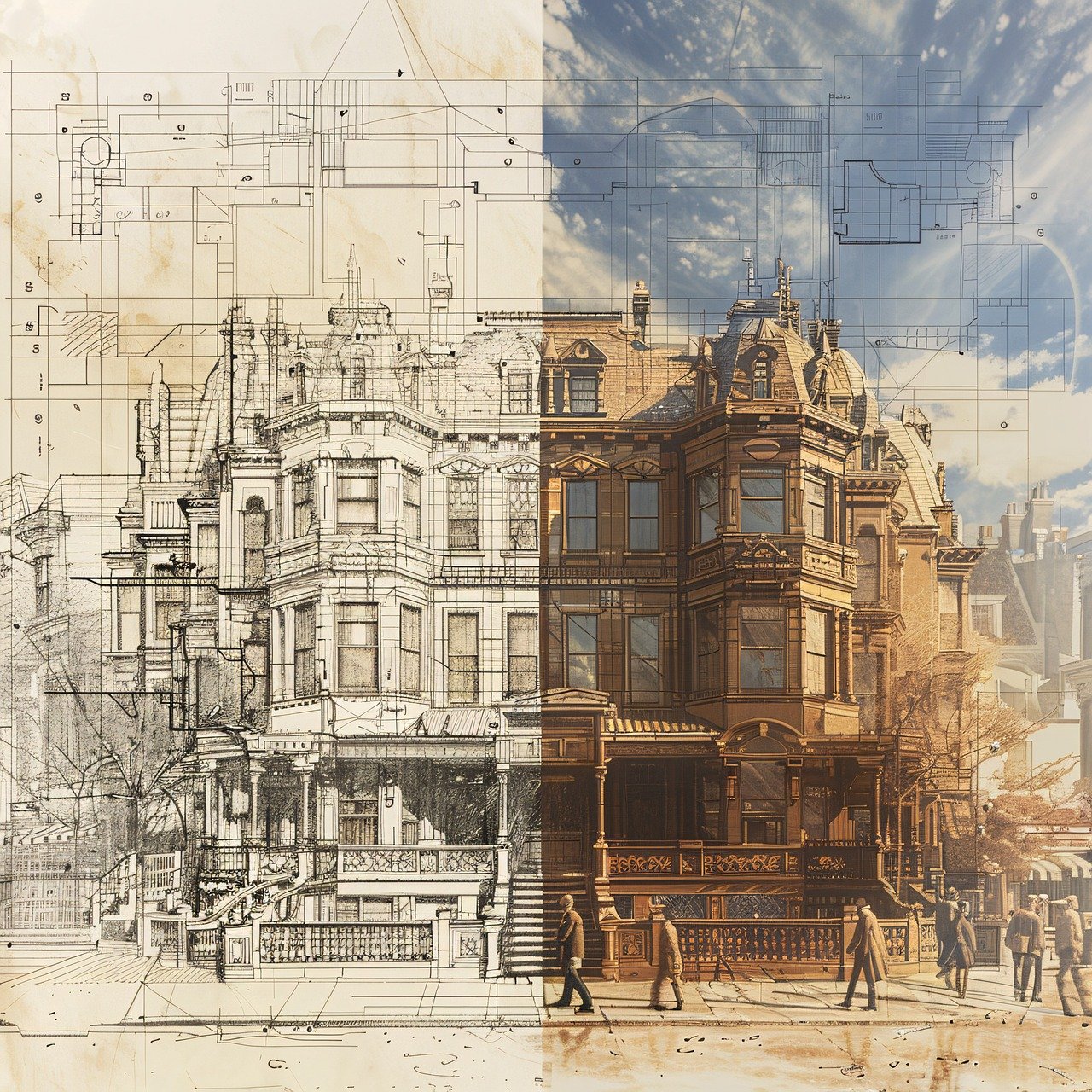Chaired by Jun. Professor and TMO secretary Sander Münster, a network of experts from various research institutions all around Europe recently published this handbook for students, experts and interested parties who want to learn more about digital 3D reconstruction of historical architecture.
The book, published in open access as part of the series Synthesis Lectures on Engineers, Technology, & Society (publisher: Springer) provides answers to the core questions of the subject: What is a digital 3D model or a digital 3D reconstruction? How are they created and what are they used for?
Practical instructions, condensed knowledge, explanations of technical terms and references to example projects, literature and further references provide information of varying density and thus enable an individual introduction to the subject.
The book combines extensive knowledge on the topic of “digital 3D reconstruction of historical architecture” and provides practical instructions for independent implementation. Up to now, there has been no cross-disciplinary vocabulary for technical terms in this field, so this publication makes a start.
Background
The book was created within the research network “Digital 3D Reconstruction as Tools for Research in Architectural History“, which was funded by the German Research Foundation (DFG) from 2018 to 2023. The authors combined their expertise in the fields of art and architectural history, architecture, university teaching and media informatics.
Authors
- Prof. Dr. Sander Münster: TMO secretary and Junior Professor for Digital Humanities (Images/Objects) at the Friedrich Schiller University of Jena (DE).
- Prof. Dr. Fabrizio Ivan Apollonio: Professor of Architecture and Director of the Department of Architecture at the Università di Bologna.
- Prof. Dr. Ina Bluemel: Professor at the University of Applied Sciences and Arts Hannover and works for the German National Library of Science and Technology at the TIB Hannover.
- Prof. Dr. Federico Fallavollita: Associate Professor at the Department of Architecture of the Università di Bologna.
- Riccardo Foschi Ph.D.: Research Fellow at the Architectural Drawing Research Group at the Università di Bologna.
- Dr.-Ing. Marc Grellert: Head of the Digital Reconstruction Research Group in the Department of Digital Design at Darmstadt University of Technology.
- Prof. Dr. Marinos Ioannides: UNESCO Chair on Digital Cultural Heritage at the Cyprus University of Technology.
- Dr. Peter Heinrich Jahn: Research Fellow of the Gerda Henkel Foundation at the Department of Art History at Technische Universität Dresden.
- Richard Kurdiovsky: senior researcher at the research unit for History of Art at the Institute for Habsburg and Balkan Studies of the Austrian Academy of Sciences.
- Piotr Kuroczyński: Professor of Applied Computer Science and Visualisation in Architecture and Head of the Institute of Architecture at Mainz University of Applied Sciences.
- Dr. des. Jan Lutteroth: Tandem Professor for Applied Computer Science and Visualisation in Architecture at Mainz University of Applied Sciences.
- Dr. Heike Messemer: postdoctoral researcher at the Center for Open Digital Innovation and Participation (CODIP) at the Technische Universität Dresden.
- Dr. Georg Schelbert: head of the Jacob and Wilhelm Grimm Centre Media Library at the Humboldt University in Berlin.
